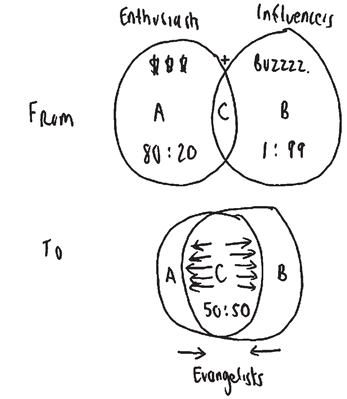ENTHUSIASTS VERSUS INFLUENCERS

Get Flip the Funnel: How to Use Existing Customers to Gain New Ones now with the O’Reilly learning platform.
O’Reilly members experience books, live events, courses curated by job role, and more from O’Reilly and nearly 200 top publishers.

